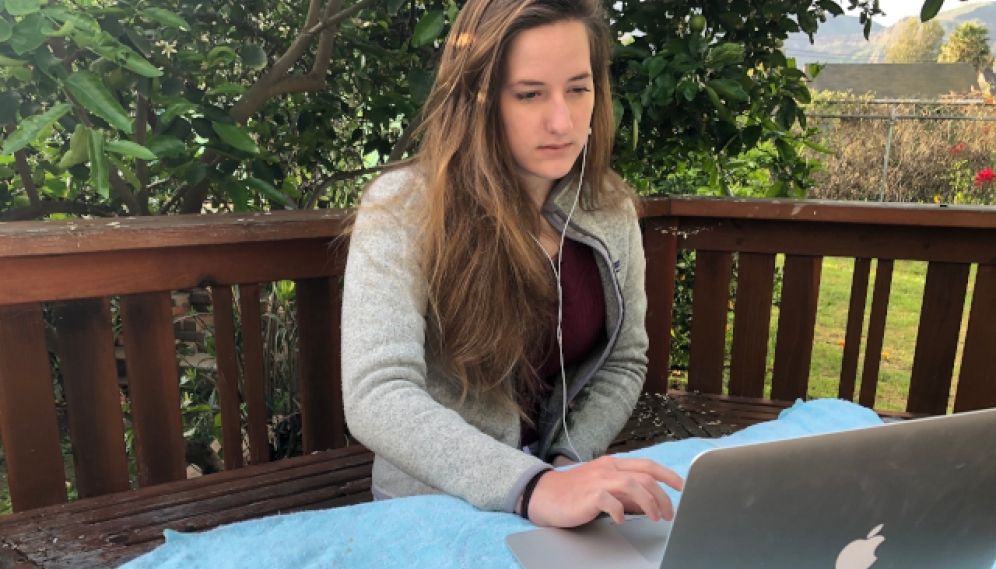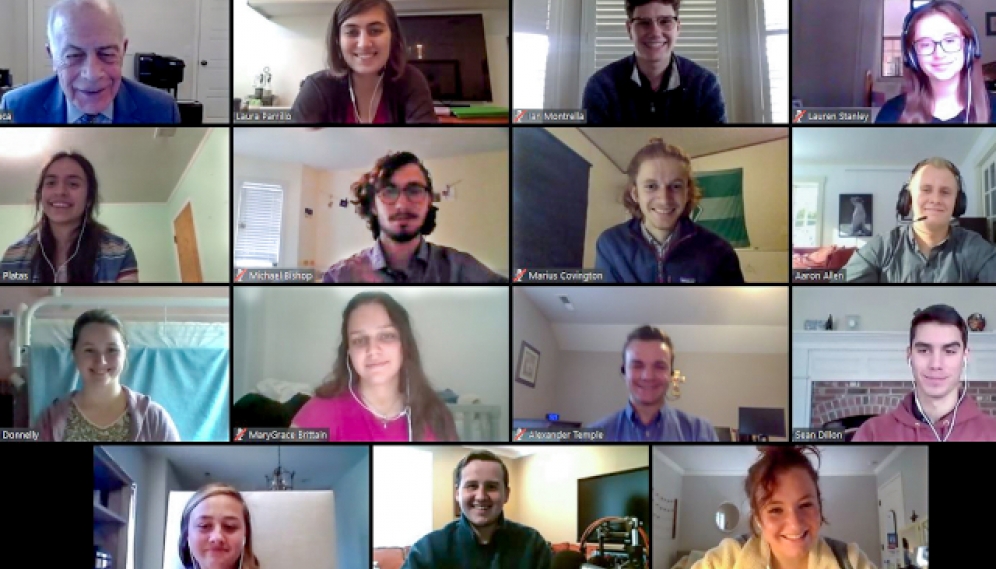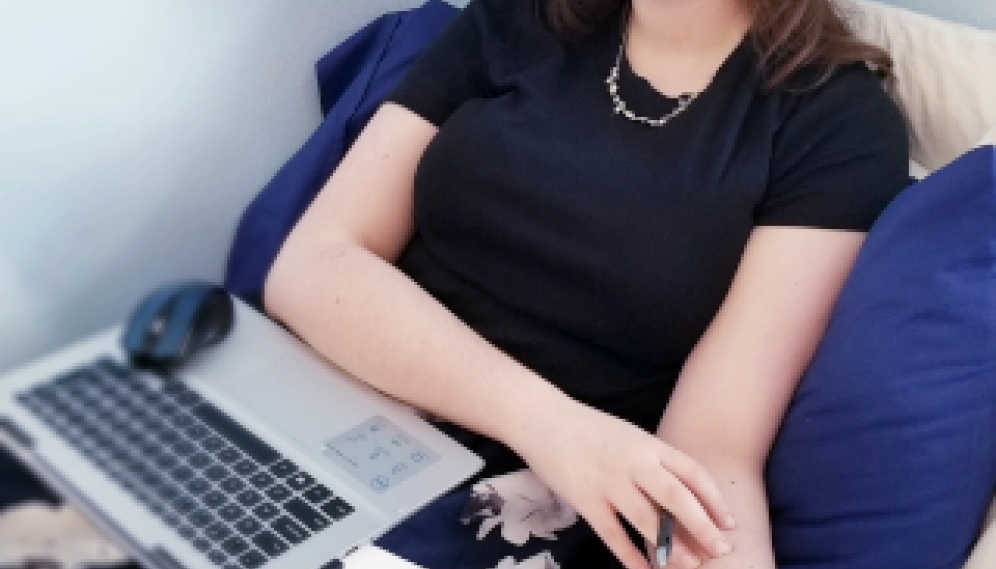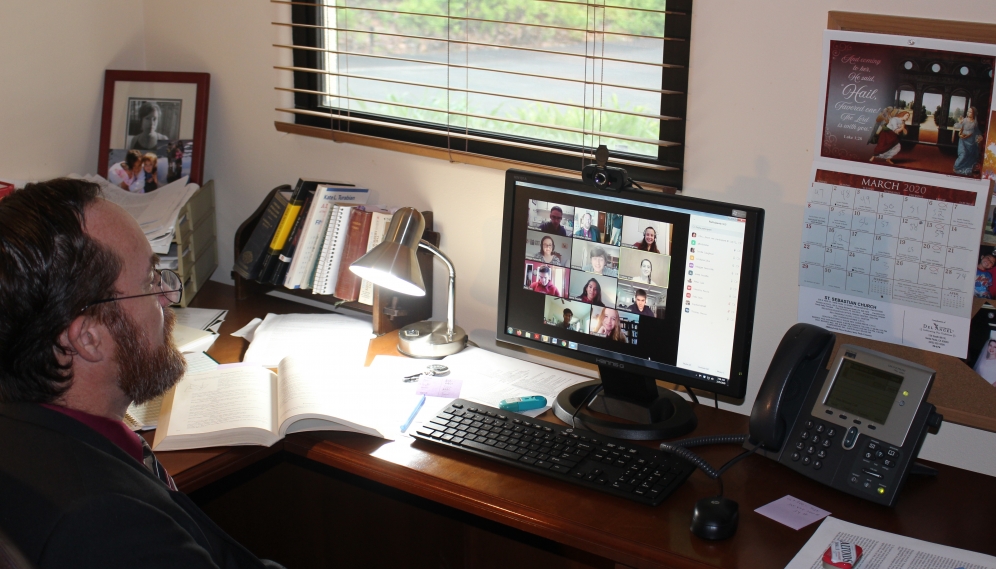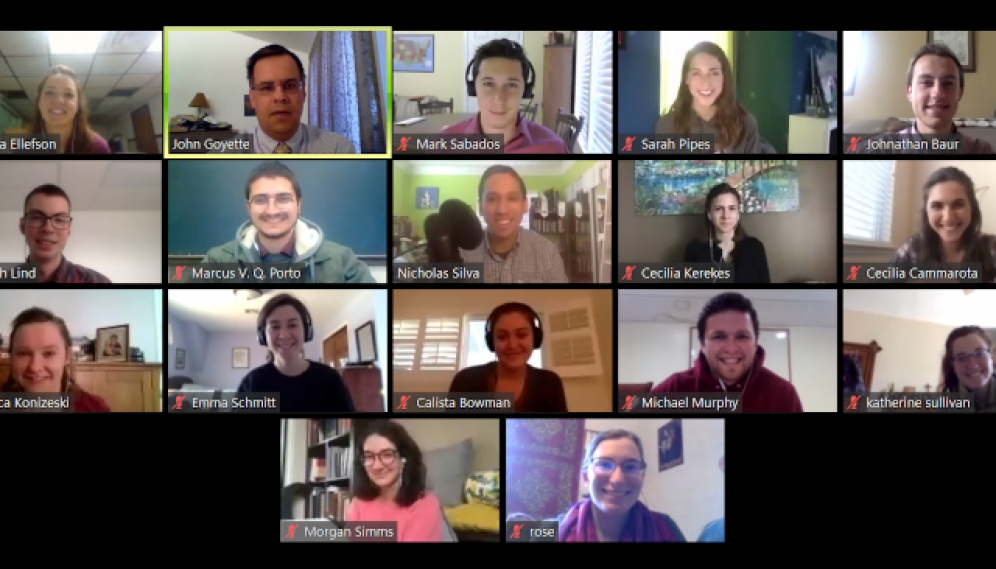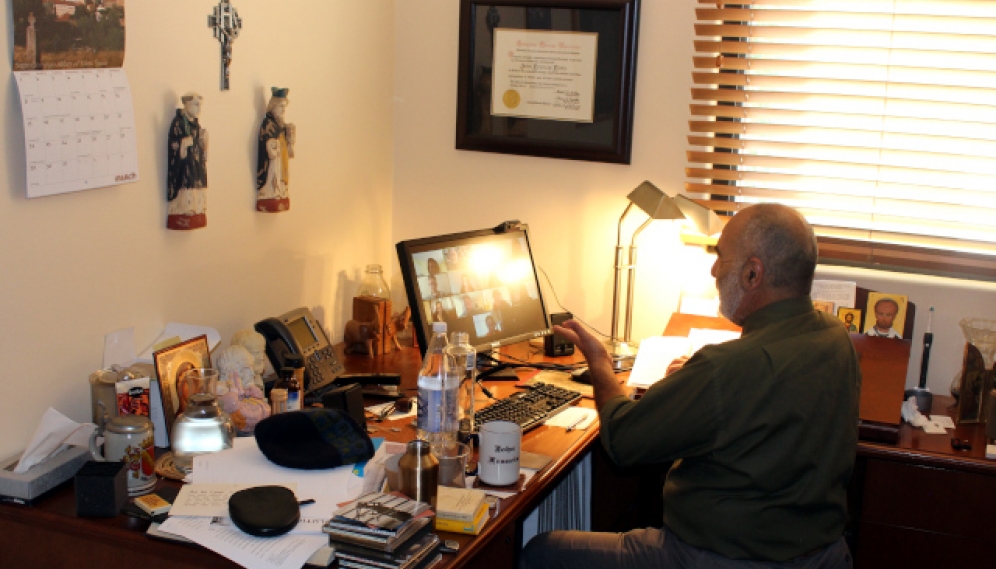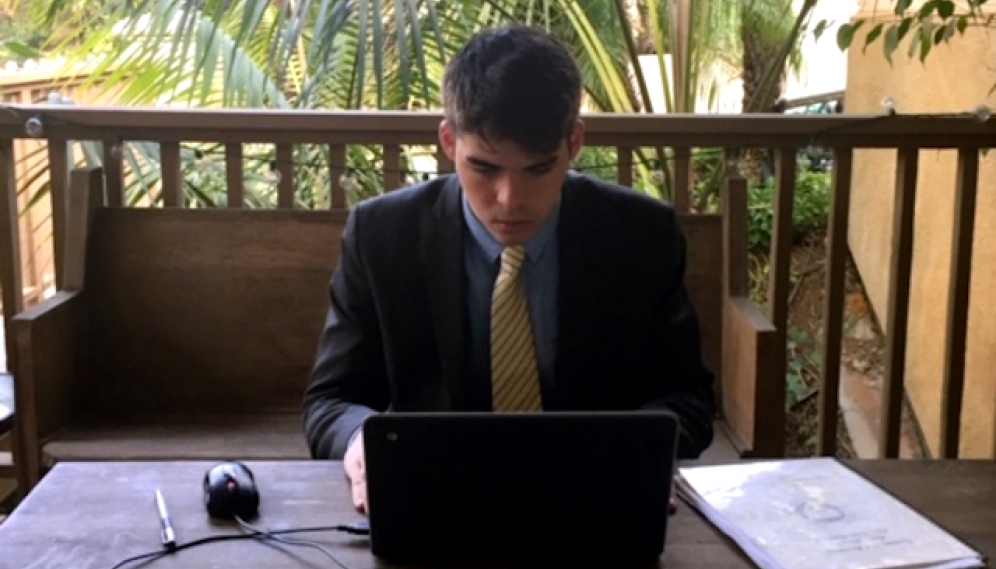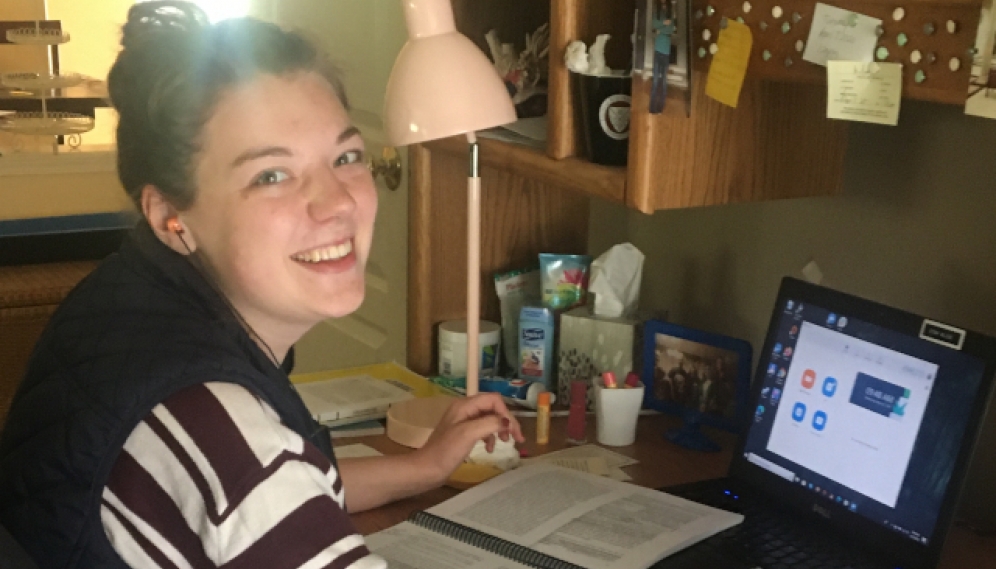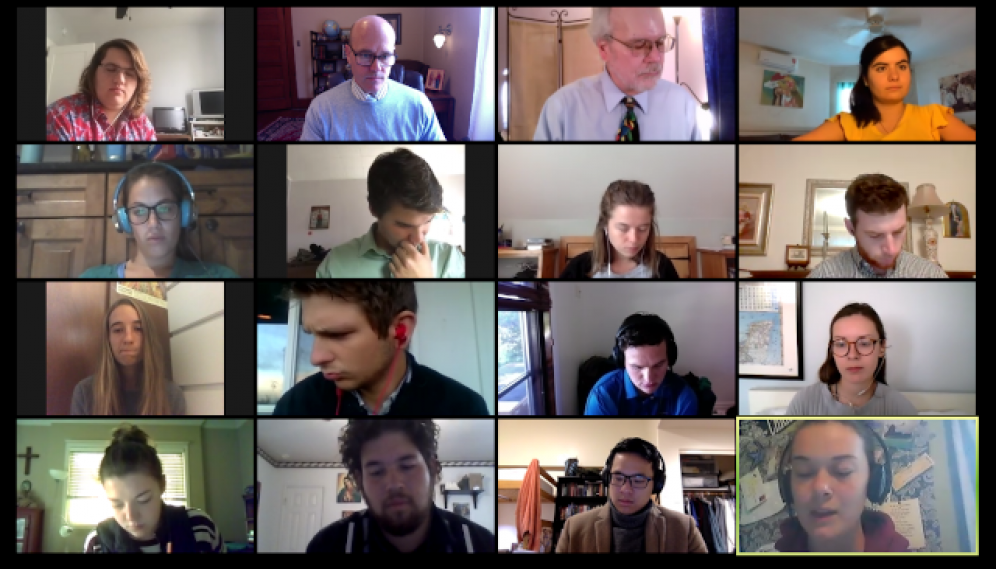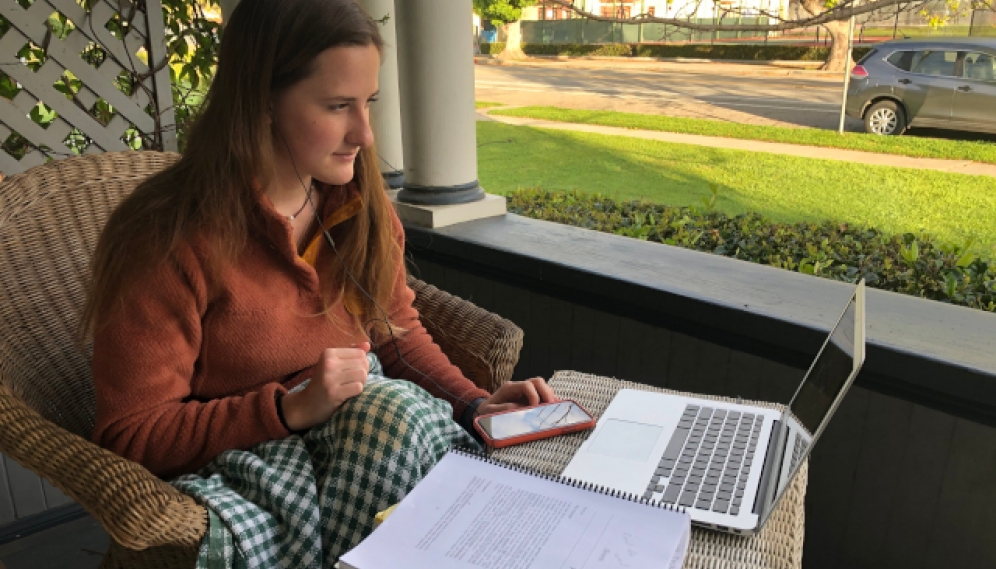- Home
-
About
 Fidelity & Excellence
Fidelity & ExcellenceThomas Aquinas College is unique among American colleges and universities, offering a faithfully Catholic education comprised entirely of the Great Books and classroom discussions.
-
A Liberating Education
 Truth Matters
Truth MattersTruth, and nothing less, sets men free; and because truth is both natural and supernatural, the College’s curriculum aims at both natural and divine wisdom.
-
A Catholic Life
 Under the Light of Faith
Under the Light of FaithThe intellectual tradition and moral teachings of the Catholic Church infuse the whole life of Thomas Aquinas College, illuminating the curriculum and the community alike.
-
Admission & Aid
 Is TAC Right for You?
Is TAC Right for You?Do you enjoy grappling with complex questions? Are you willing to engage in discussions about difficult concepts, with the truth as your ultimate goal?
-
Students & Parents
 Mind, Body & Spirit
Mind, Body & SpiritThere is always something to do at TAC — something worthwhile, something fulfilling, and something geared toward ever-greater spiritual and intellectual growth.
-
Alumni & Careers
 What Can You Do with a Liberal Education?
What Can You Do with a Liberal Education?Nothing speaks more to the versatility of the College’s academic program than the good that our alumni are doing throughout the Church and the world.
- Search
- Giving
First Time Online: College Resumes Classes Via Video Conferencing
“I am pleased to report that, after a brief hiatus, Thomas Aquinas College is back in session,” observes President Michael F. McLean. “On Wednesday tutors from both of our campuses resumed classes with students across the country and the world.”
In response to concerns over the COVID-19 virus, the College was forced to send students home last week, but rather than let the academic year come to a premature end, it opted to continue with classes conducted remotely — for the first time in its nearly 50-year history. “I was a little surprised at how easily my section picked up the online discussion method,” says senior Thomas Baker. “It doesn't feel quite as natural as a conversation in the classroom, but nevertheless it flows a lot more smoothly than I first feared.”
Tutors now conduct the College’s Socratic discussions via video chats of 17 or 18 participants, a short-term substitution for its customary wooden tables. For mathematical demonstrations, students make use of Zoom’s electronic whiteboard, explaining Euclidean propositions and other proofs for classmates thousands of miles away. And to keep in touch between classes, students and faculty have begun connecting via the Slack project-management app.
“All in all, it went better than I expected,” says tutor Brian Dragoo, who helped coordinate the College’s efforts to get students and members of the teaching faculty onto the online platform. “We got work done, and learning happened.”
For the most part, students and tutors seem satisfied with the temporary arrangement, despite the general consensus that the screen-based format is more tiring and sometimes disrupts the flow of a conversation. “The online method is less than ideal, but it is more than adequate given the current circumstances,” says Dr. McLean. “It is great to see our students again, even if only virtually.” The College has also had to modify its class schedule to accommodate differences in time zones.
A notable limitation of the online classroom is that it is, for the most part, only a classroom. “Probably the biggest thing I'll miss with this new method is the casual discussion outside of class,” says Mr. Baker. “I'd been hoping to talk with some tutors and fellow students about my thesis at lunch, but that can't happen now. A scheduled phone conversation isn't really the same as chatting with a tutor over a bowl of soup.”
Nonetheless, students are doing their best to make the most of the technology. TAC father John Birch (’92), co-founder and COO at Virtual Service Operations, which helped the College transition to online learning, has seen as much among his own children. “They are using Zoom and Slack not only to complete their classes, but also to preserve their sense of community,” he says. “They’re getting together for video conferences outside of class and saying, ‘Hey, did you understand that comment,’ or ‘what was the assignment here?’ They are carrying on as much of the social life as they can.”
Although not a replacement for what students have had to give up, the virtual discussions help make leaving the campuses more tolerable — while adding a new dimension to classes.
“Zoom can be a great tool for accentuation of a point in TAC-style discussion,” says freshman Sydney Hillegas. “Midway through my section's orientation seminar, my tutor was making a revelatory remark on the successional order of the Beatitudes. As he paused for breath, all of a sudden, the awe-struck face of one of my section-mates appeared in full on the screen for a split-second. ‘That's so cool,’ he said, before the screen shifted back to show my tutor. I think the same exclamation applies, of course in a different way, to at least one facet of our new ‘classroom.’”
There are other advantages as well. “Dress code is a lot easier with Zoom,” says Mr. Baker, speaking, no doubt, for many other students. “Since the camera is pointed at your face, you can just throw on a nice shirt and nobody notices if you're still wearing pajama pants.”


